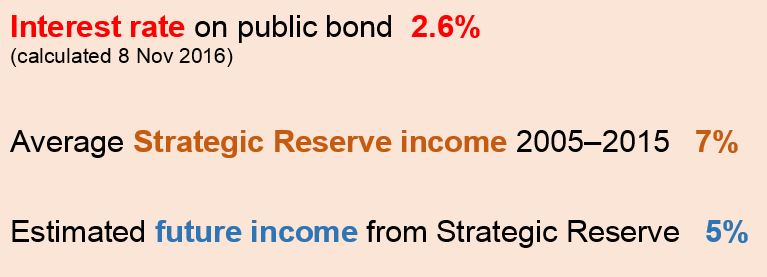It seems like we have been talking about a new hospital for a long time. Do we need it? Where should it go? How much will it cost?
I am convinced that we do need a new hospital. The existing building has developed piecemeal over many decades and its physical condition, assessed in an independent survey, is rapidly deteriorating. Updating it will not provide an adequate setting for a 21st century model of care, and we need to provide high quality care for Islanders as health costs rise and our population ages.
Our proposal to build the new hospital on part of the existing site, plus adjoining properties in Kensington Place and Westaway Court, has been carefully assessed. It is estimated that it will cost £466 million, but more detailed work on design, planning and procurement will be needed to make this a final estimate.
This figure includes buying the required land, all related relocation work, the new build, the refurbishment of Westaway Court, the re-purposing the granite block, and fees. It also includes the rental costs for key workers until 2020, as they will need to move from Westaway Court. It doesn’t include any work that might be needed to adapt or demolish redundant buildings.
Funding proposal
After consulting with expert advisers the Council of Ministers is proposing to raise the £466 million by making use of the currently low cost of borrowing and of the significant reserves Jersey has accumulated over many years.
We are proposing to issue a public rated sovereign bond of up to £400 million, with the remainder coming from reserves. We would then use excess returns from the Strategic Reserve to pay for the borrowing and, eventually, for the capital borrowed. Excess returns are those above the capital amount in the Strategic Reserve that the States Assembly agreed to protect.
We would also use any future proceeds from the sale of property and strategic assets to repay withdrawals and further strengthen the Strategic Reserve. This solution maintains the agreed amount of capital in the Strategic Reserve, so future generations can continue to benefit from returns on the Island’s investments.
Figures
So how do we know the figures add up? The average income from Jersey’s Strategic Reserve for the last ten years has been 7%. After consultation with independent investment advisors, Treasury has assumed a future return of 5%.
Financial advisors have helped to assess the price of a fixed rate Sterling Public Bond which was estimated (on 8th November 2016) at 2.6%. So by borrowing at historically low rates of interest, existing reserves can remain under investment, generating income that is expected to exceed the cost of borrowing.

Every funding proposal carries some risk, but this solution takes advantage of the fact that the historically low cost of borrowing is less than conservative estimates for future income from our Strategic Reserve, and it does this without requiring direct contributions from Islanders through additional charges or taxes. The funds raised would be placed in a specific fund set up for the hospital construction.
There is a precedent for issuing a bond. When we saw the need to invest in improving and adding to our social and affordable housing stock we issued a £250 million bond. This investment is now producing more and better quality homes for islanders.
Contingency
If things change in the future and we need to use the excess returns for something else we might need to temporarily dip into the capital value of the Strategic Reserve. This would then be repaid from returns when they improve, or from asset sales. If we need more flexibility in the meantime, we would need to save more, sell assets or raise more revenue.
We are aiming to avoid raising charges or taxes, instead using our strong financial position and the fact that the currently low cost of borrowing is less than conservative estimates for future income from our Strategic Reserve.
We need to offer our population the best healthcare possible, and in order to do this we need a new hospital. After taking professional advice this is the most cost-effective way to fund a new hospital that meets best practice and can continue to evolve as healthcare changes.
 blog.gov.je
blog.gov.je